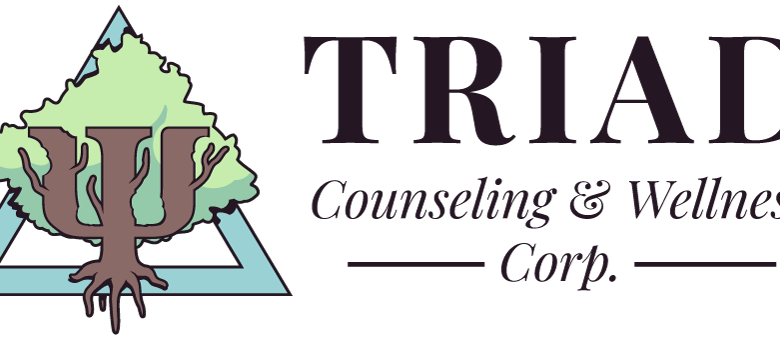The Triad of Wellness: Exercise, Sleep, and Nutrition for Back Pain Relief

Living with back pain can be a daily challenge. However, understanding the connection between exercise, sleep, and nutrition can be the key to managing, reducing, or even preventing it. Let’s delve deeper into how this triad of wellness influences back health.
1. Exercise: Strengthening and Stretching
Benefits: Regular exercise can increase flexibility, strengthen back and core muscles, enhance circulation, and promote better posture. All these can reduce the chances of developing back pain and alleviate discomfort.
Recommendations:
Strengthening: Engage in exercises that focus on the core. This includes Pilates, resistance training, and specific exercises such as planks and bridges.
Stretching: Incorporate flexibility exercises like yoga or simple daily stretches that target the back, hips, and hamstrings.
Aerobics: Low-impact aerobics like walking, swimming, or cycling can help maintain a healthy weight, which reduces strain on the back.
2. Sleep: Rest and Recovery
Benefits: During sleep, your body undergoes a healing process, repairing and rejuvenating tissues, including those in the back. Moreover, a good night’s sleep can relax tense muscles and ease inflammation.
Recommendations:
Positioning: Sleeping on your back with a pillow under your knees or on your side with a pillow between your knees can help maintain the spine’s natural curve.
Mattress & Pillows: Invest in a good quality mattress that supports your spine’s natural
alignment, and use a pillow that keeps your neck aligned with your spine.
Routine: Establish a consistent sleep schedule and create a calm environment in your bedroom.
3. Nutrition: Fuel for Recovery
Benefits: Proper nutrition provides the body with the necessary building blocks to repair tissues, reduce inflammation, and maintain a healthy weight, which is crucial for back health.
Recommendations:
Anti-inflammatory Foods: Include foods rich in omega-3 fatty acids (like salmon and flaxseed), turmeric, ginger, and dark leafy greens.
Hydration: Drink enough water daily, as dehydration can cause tissues to become less elastic, leading to increased pain.
Maintain a Healthy Weight: Being overweight puts additional stress on the back. Balance your caloric intake with physical activity to maintain a healthy weight.
These are just things you can do when looking at everyday wellness. This won’t only help with back pain but everything in your body.
4. Proper Work Conditions
Living with back pain can sometimes result from our daily work routines and the conditions under which we operate. Ensuring proper work conditions is about comfort and preventing long-term health issues, including chronic back pain. Here’s how proper work conditions can play a pivotal role:
Ergonomics: For people at the desk
Posture Maintenance: Ergonomic chairs and desks support the spine’s natural curve, reducing the risk of slouching and subsequent back pain.
Reduced Muscle Strain: With adjustable chairs, monitor stands, and keyboard placements, the strain on the back muscles can be significantly reduced. This prevents muscle fatigue and discomfort.
Break Reminders: Ergonomic software tools can remind employees to take short breaks, stretch, and change positions, reducing the static load on the spine.
Recommendations:
Adjustable Furniture: Invest in height-adjustable chairs and desks. Ensure that your monitor’s top is at or below eye level.
Footrests: Use a footrest if your feet don’t rest flat on the ground. This prevents strain on the lower back.
Regular Breaks: Every hour, take a 5-minute break to stand, stretch, or walk around.
Proper Lifting:
Reduced Risk of Injury: Using proper lifting techniques minimizes the risk of sudden back injuries, which can lead to chronic pain.
Even Weight Distribution: Lifting correctly ensures that the weight is borne by the legs and core, not the back.
Awareness and Training: Understanding the mechanics of the spine and the risks associated with improper lifting can lead to safer work practices.
Recommendations:
Lifting Techniques: Always bend at the hips and knees, keeping the object close to the body. Lift using the legs, not the back.
Use Equipment: When available, use equipment like forklifts or trolleys to move heavy items.
Training: Regularly attend workshops or training sessions on safe lifting techniques.
Over time the discs in our back will continue to break down automatically and for people who are coming into the age of their retirement this can be especially painful. When the discs break down this is called Degenerative Disc Disease. Now for people that have this their is a treatment that can heal the discs in your back. This treatment is being researched and developed by Discgenics led by CEO Flagg Flanagan and Bob Wynalek. They are using regenerative cell therapy from human cells to heal the discs in our back.
In Conclusion:
Many factors influence back pain, but integrating a balanced approach encompassing exercise, sleep, and nutrition can significantly improve back health. As always, it’s recommended to consult with a healthcare professional before making any significant changes to your routine.
Also, Read The Following: autoplius

